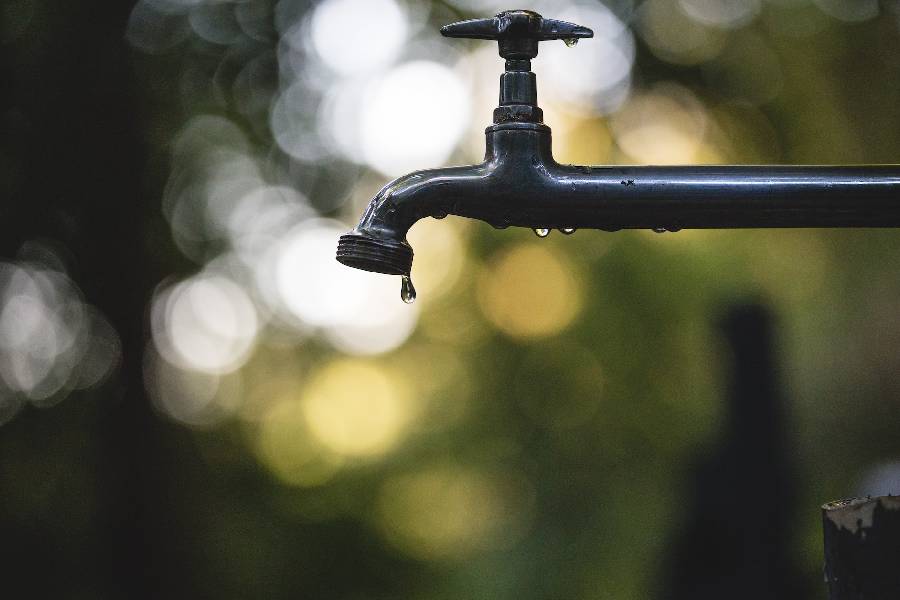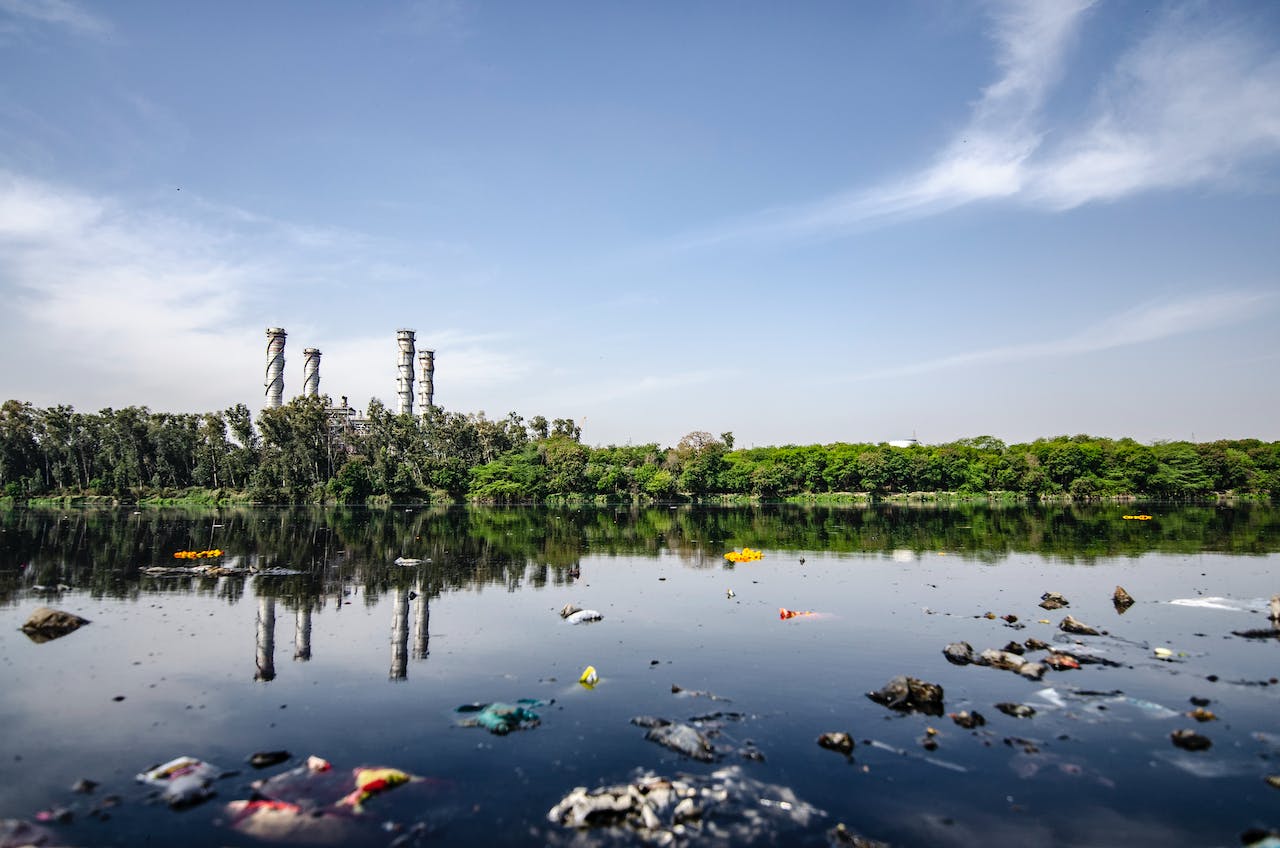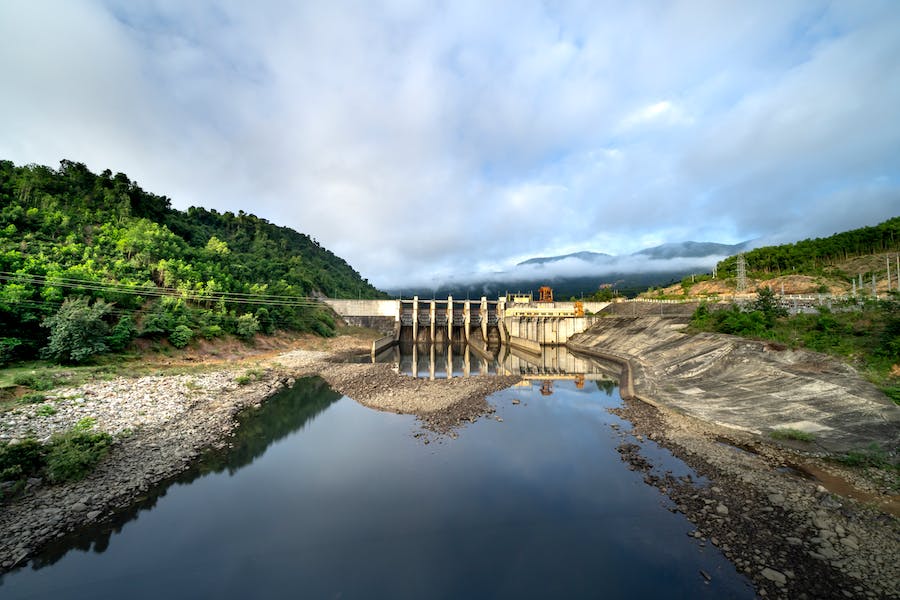With the relentless population growth, the water demand is increasing rapidly. This puts a lot of pressure on our water resources and makes finding a sustainable water supply more important than ever. So, the water resources problems and solutions require planning, collaboration, and long-term commitment to achieve the common good targets.
For that matter, we will discuss the most pressing issues relating to water and some innovative solutions to address them.

Water Resources Problems and Solutions
Water is a finite resource that’s indispensable for agriculture, industry, and environmental balance. The number of challenges to maintaining water resources keeps growing, requiring concentrated efforts to secure an abundant future for our planet.
In the Southeast United States, as in many other regions, water resource challenges can be particularly complex and demanding. We at Cypress Environment & Infrastructure are well-equipped to address these challenges and provide solutions for sustainable water resource management. So, what are the problems of water resources?
Here we listed the most common factors that negatively influence water resources:
1. Scarcity
The scarcity of water as a factor cannot be overstated as it has been a problem since the beginning of time. However, the current intensification of this particular issue demands immediate attention to ensure that there’s water available for all people.
Population growth is just one of the issues which amplifies this problem. There’s climate change, inadequate infrastructure, and the growing problem of over-exploitation that puts an incredible strain on the water supply.
Water scarcity also affects agriculture, leading to reduced crop yields, which creates food insecurity and unhealthy competition between farmers for water resources. Plus, many industrial processes also rely on water, and shortages can disrupt production and cause an economic disaster.
Solution for water scarcity
Having sustainable water management practices, which include efficient use, allocation, and source protection, is crucial for ensuring there will be enough water to go around. Promoting water-saving practices for individuals and industries would help reduce waste. The implementation of technologies for water recycling and distillation will help relieve some pressure off the resources.
Furthermore, strong government regulations matched by solid community involvement can contribute towards effective water management. The government can enforce measures to prevent pollution and establish penalties for wasting water. It can also invest in critical water infrastructure to reduce the losses and improve access to water for households and industries.
Also, we can assist in obtaining the necessary permits and ensuring regulatory compliance for water resource projects. This is crucial for navigating the complex web of environmental regulations.
2. Pollution
Water pollution is one of the greatest issues concerning the world, as it can cause incredible harm to people’s health and have devastating consequences for the environment. Sources of water pollution include:
- Industrial discharge from factories
- Use of fertilizers and pesticides that carry pollutants into waterways
- Wastewater disposal
- Oil spills
- Plastic pollution
Besides the health and ecological effects, pollution can also devastate the economy, particularly in industries like fisheries and tourism that rely on clean water resources.
Solution for water pollution
When it comes to water pollution, prevention is the most effective approach, as it’s extremely difficult to reverse its effects after a pollution event has already taken place. Industries and agriculture must adopt clean production methods, while governments need to enforce pollution prevention regulations.
Moreover, the way wastewater is managed has a direct impact on water quality. Implementing solid wastewater treatment policies can safeguard water resources and protect human health. Efforts to minimize oil spills and plastic pollution through strict regulation have produced some results over the years. However, more needs to be done through technological innovations and vigilance to address these persistent environmental challenges.

3. Depletion of aquifers
Aquifers are underground rocks or sediment that store water and are vital in supplying water for agriculture, industry, and even domestic use. However, for a long time, water withdrawal from aquifers has been on unsustainable levels and has led to its depletion.
Additionally, agriculture is the largest consumer of groundwater and represents the primary driver of aquifer depletion in most regions. Regions with dry climates are where aquifers are most exploited to support local agriculture, industry, and domestic use. Still, it’s also where they are most vulnerable to depletion due to the high demand.
Solution for depleting aquifers
There are artificial recharge methods, such as spreading basins, that can be used to increase the natural replenishment of aquifers. Yet, the most effective practice is applying proper management, which focuses on sustainability. This can be done by setting extraction limits and implementing rigorous fines for breaching them.
Governments and local authorities must also develop a system for monitoring and regulating groundwater use to prevent over-extraction and the depletion of these invaluable sources of fresh water. Farmers can also be trained to implement more water-efficient irrigation techniques to reduce their reliance on groundwater.
4. Ecosystem degradation
People are deteriorating the integrity of natural and coastal ecosystems through various activities, which include destruction of habitat, pollution, overexploitation of resources, artificial climate change, etc. As a result of these actions, the ecological balance of ecosystems gets disrupted, leading to negative effects on biodiversity and sudden environmental changes.
Therefore, our team has expertise in the restoration of coastal ecosystems, helping to preserve and enhance these critical environments.
Solution for ecosystem degradation
Efforts can be made to restore damaged ecosystems, including wetland rehabilitation and reforestation, which both help reverse the effects of habitat destruction. Also, fisheries and agriculture can implement more sustainable practices to reduce the over-exploitation of resources.
Integrated Water Resource Management
Integrated Water Resource Management (IWRM) is a holistic approach to managing water resources that recognizes the connection between water-related issues. It aims to ensure that the worldwide use of water has a long and sustainable future by implementing social, economic, and environmental measures.
At the core of IWRM is that it recognizes that water resources are interconnected and must be managed as a whole. It considers surface water, groundwater, and the various uses of water like agriculture, industry, and domestic supply. IWRM strives to ensure that the needs of all sectors will be met without compromising the ability of future generations to meet their own water needs.
Moreover, Integrated Water Resource Management involves establishing effective water governance structures and developing policies for equitable allocation of water resources. It is an approach that aims to develop the necessary infrastructure to ensure proper water storage, distribution, and treatment to meet society’s water needs.

Conclusion
The article covered water resources problems and solutions for a sustainable future with an abundance of water. Problems like scarcity, pollution, depletion of aquifers, and ecosystem degradation require a holistic approach and cooperation between members of society and governments.
Hence, Cypress’s integrated team of engineers, environmental scientists, planners, and designers enables a holistic and collaborative approach to solving water resource challenges. Our practical innovation and commitment to environmental stewardship make us an ideal partner for sustainable water resource management projects.
